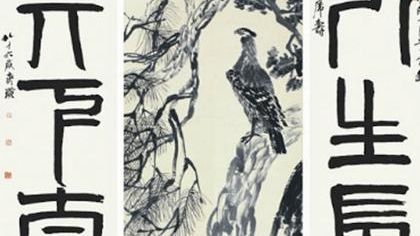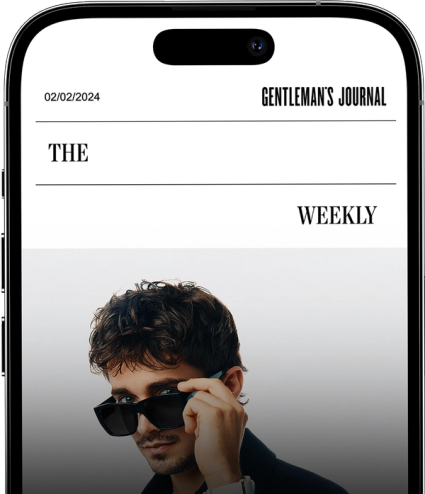

Words: Gentleman's Journal
According to a study commissioned by the European Fine Art Foundation, which organised the European Fine Art Fair in the Dutch city of Maastricht, China has overtaken both the UK and USA for the global share of auctioned art and dealer sales in 2011. With a 30% share that is not abating as we go to print, Chinese buyers have been looking for ways to spend their money and the art market is appealing for many reasons. The market for stocks and shares has become very volatile, the bond market is underdeveloped, there are tight restrictions in currency trading, and leaving your money on deposit in a bank offers next to zero interest. The traditional stalwart of all Chinese investors, property, is burning hot as prices have reached all-time highs in many cities.When the Japanese wealthy came to Europe in the 80s and 90s they fell in love with contemporary European art, creating world record prices for Van Gogh and others.
So, what type of art is going to be of interest to a Chinese buyer? The old money has long collected porcelain, calligraphy and ink scrolls, and jade as jewellery and individual carvings. Apart from European clocks which fascinated successive emperors, the Chinese were constrained for many years by travel restrictions and exchange controls, which limited their ability to venture abroad and buy art. The newly rich Chinese are now freed of these constraints and are buying up huge quantities of fine wines from Bordeaux and Burgundy, and on the art front they are purchasing every oil painting they can find of contemporary art created by their own countrymen, partly out of loyalty and partly because they understand better than anyone the nuances and secret messages of the artist. Prices of each have increased steadily, proving that the better vintages can be a long-lived asset class capable of appreciating in price. The wines with shorter lives can always be drunk with far less side effects than cognac and at the same time earn considerable respect in business circles. Art in the meantime has proved to be a valid way to store value. But does a piece by Yue Minjun (the artist who paints himself in flexible poses with a large smiling face) illustrate a refined and mature taste, or one that carries with it a history beyond the immediate past?
Even a painting by Qi Baishi, whose piece “Eagle Standing On Pine Tree” commanded a record price of over US$ 67,000,000, is a relatively modern artist having been born in 1864 and dying in 1957.
It therefore comes as no surprise that the super wealthy now have their eyes on European art because of their history, provenance and elegance. And there are still many trophy pieces that exist outside museums.At the latest Maastricht Fair in March, there were 72,000 visitors to see art displayed by 265 dealers from 19 countries. Almost half of the visitors were from outside Europe with those from Singapore, Russia, Hong Kong and China being notable. Perhaps the time has come for British art and sculptures to extend their reach into China.To answer this properly, dealers and galleries are already investigating what appeals to Asian art collectors, what they find aesthetic, whether the trend is anti-politics or pro-consumerism, or simply following what New York and London say is new. Although Greek statues and sweeping oil landscapes will one day warrant closer attention, Pop Art is one current trend. It is modern and topical, it is colourful (in contrast to the stark palette of blacks, greys and sepia found in traditional Chinese paintings and silk screens) and it sends a delightfully contradictory message; collecting and exhibiting images of Western consumerism, materialism and imperialism is designed not to promote the ideals of the West but exactly the opposite, because the artists’ motive behind the images was to denigrate them. Socialists, Marxists and Asian countries constrained by tradition are understandably attracted by this message.
And yet this produces a delicious irony, as the very act of displaying and advertising such art ends up promoting the cultural heritage of the societies and economies those artists were trying to criticize. And when others start collecting the same art it risks becoming mainstream and losing its meaning. But this should not deter serious collectors, all of who will want their art to inspire emotion, opinion and debate. It has never just been about filling a space.Record prices at auction are being paid by Chinese for Picasso, Gauguin and Warhol so British curators, dealers and the artists themselves need to be pro-active by staying ahead of the trend, opening more galleries in the Far East, and putting on regular exhibitions in places like Hong Kong, Singapore, Tokyo and major cities in China. Chinese collectors need time to gather knowledge, mentoring from dealers, and they are no fools with their money. But surely no collection is complete without a nice little Banksy, Antony Gormley or YBA like Damien Hirst and Tracey Emin.


